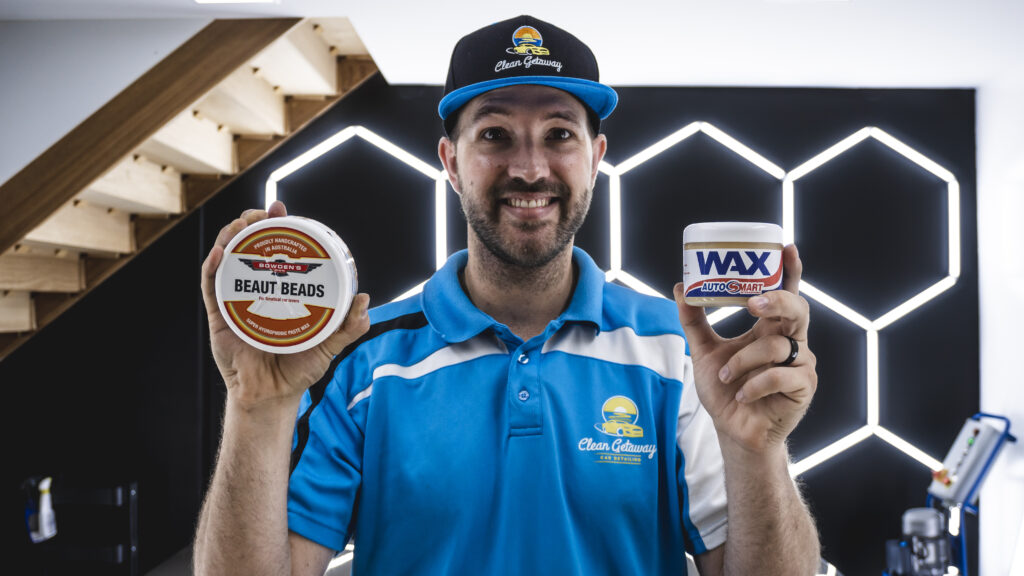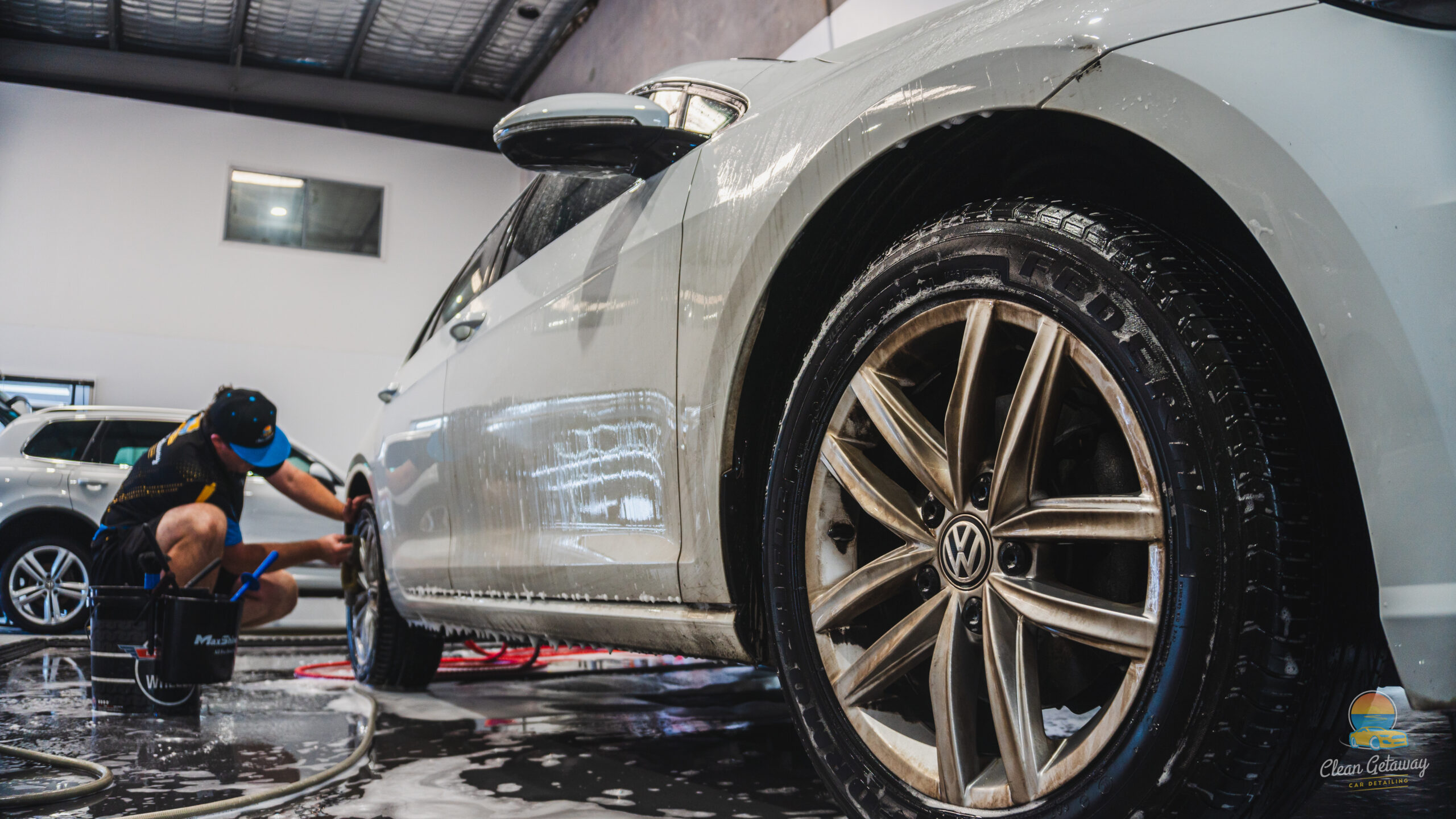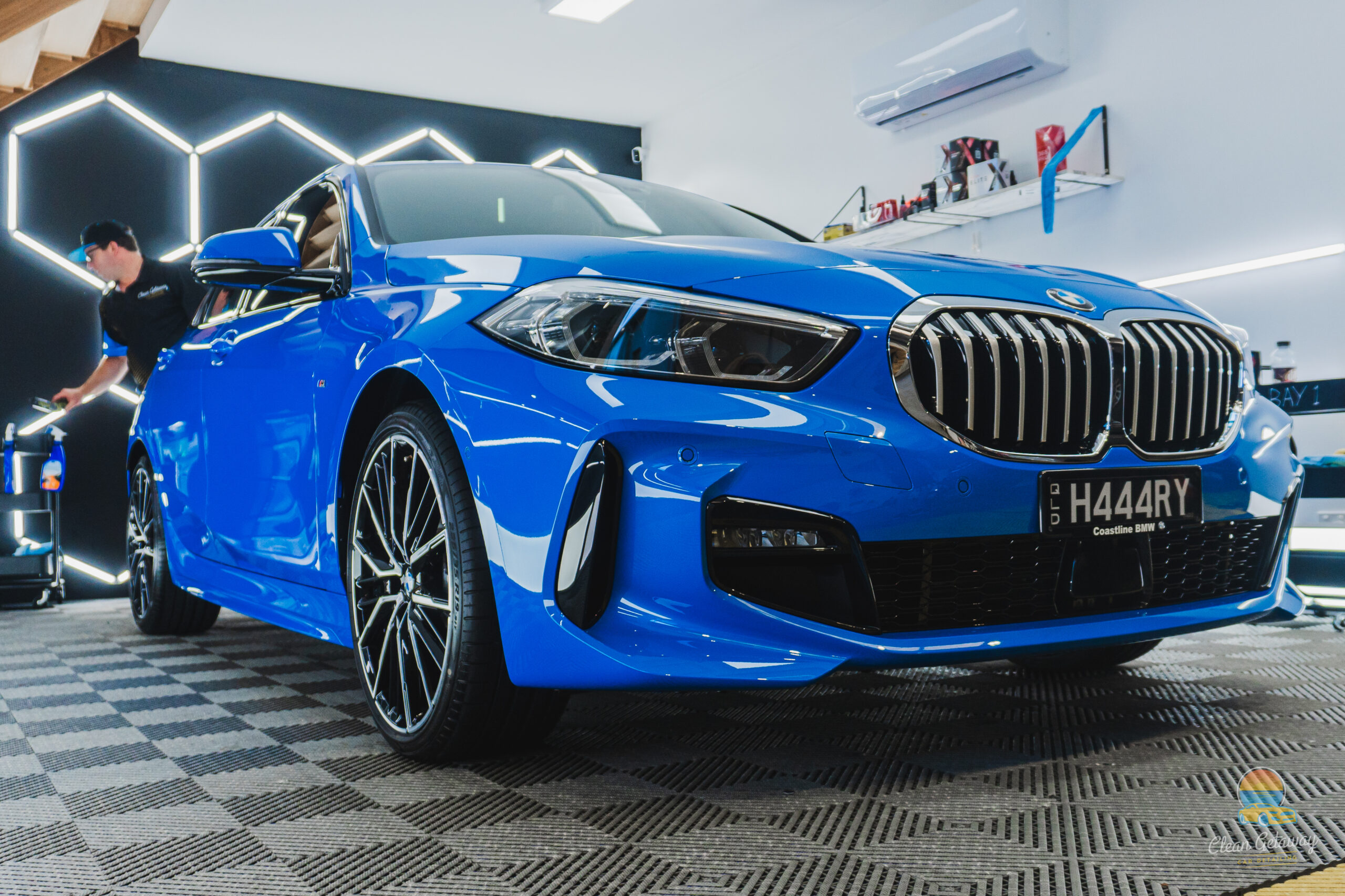
What Is the Best Way to Wax a Car?
Waxing is the oldest paint finishing technique used in vehicle detailing, which dates back to the early 1800s when cars weren’t even around yet. It was first used to protect and prolong the lustre of the lacquer-like paint on horse carriages. When Mercedes Benz started mass producing petrol-powered vehicles nearly a century later, waxing became even more popular, mainly because it took another 50 years before other paint protection options became accessible.
Different Types of Wax
The first wax used on cars was developed out of animal fats. From that came a vast range of solid, liquid and paste polishing compounds. Although considered safe for vehicles, these compounds turned out to be simply paint polishes and did not really provide any significant protection to car paint. Car wax only started to spawn different, genuine versions at the beginning of the 1900s.
There are only two types of car wax. One is organic or derived from a natural source, and the other is synthetic or manufactured in a lab. The only known organic car wax apart from the fat-based product is the Carnauba wax, a substance derived from the leaves of the palm Copernicia prunifera. When mixed with turpentine, beeswax, or any similar substance, Carnauba wax becomes a powerful and lasting paint protection product.
Synthetic wax, on the other hand, is made generally of special kinds of polymer, those that can bind with paint. Depending on the amount and manner of application, this type of car wax can provide a paint protection that lasts for up to 12 months. Unfortunately, its finish doesn’t look as shiny as that of Carnauba wax. Even so, many car owners still prefer synthetic wax due to its durability.
Benefits of Waxing
Can’t decide whether or not to have your car waxed? Perhaps you haven’t read up much on the subject nor come across great tips for waxing your car. Here are a few more facts that might give you the encouragement that you need to fully enjoy the many benefits of car waxing.
- It’s Cheap – Compared to other paint protection products, wax is reasonably less costly, mainly because it’s easily produced and the resources are quite abundant.
- High-Quality Sheen – Despite its low durability, wax is favoured by many car owners because it can produce a really shiny surface finish. It combines well with car paint that you will barely see any deviation once it’s fully polished. With proper polishing, you can make the surface look so clean and keep the wax unspoiled for a very long time.
- Easy and Safe to Apply – If you are looking for a car paint protection product that doesn’t require special skill or equipment to apply, car wax is absolutely your best bet. You can apply it using nothing more than a foam applicator. This means you can learn simple tips on how to wax your car at home. Plus, it doesn’t have an abrasive effect on the paint no matter how much you put on your car’s surface.
How to Wax a Car
Now that you know a thing or two about car waxing, it’s time to try it on your vehicle. As mentioned, you don’t need to be an experienced detailer just to know the easiest way to wax a car. Here are a few car waxing tips that you can follow to achieve the results you desire.
- Wash your car. To achieve a smooth finish and prevent the wax from peeling off quickly, make sure that the surface of your vehicle is free of dust and debris. This is why you must thoroughly wash it first. Scrub with water-detergent solution then rinse properly.
- Buff off light scratches. Instead of letting wax cover and fix light scratches, it’s better to buff them off first using a polishing compound to keep the surface of your vehicle smooth. Be careful not to damage the paint as you scrub so you won’t need to recoat before waxing.
- Apply wax in a cool environment. The wax that you will use isn’t the same as the wax most people know about. It’s especially formulated to adhere to paint so it dries quickly when exposed to high temperatures. This is why it is crucial that you wax your car in conditions between 13°C and 30°C. This way you can ensure the consistency of the wax throughout the surface of your vehicle.
- Use the foam applicator to wax your car. Commercial car wax products usually come with a foam applicator. If the one you purchased doesn’t have a foam applicator, a damp sponge should work as an alternative. Put a little bit of wax on the foam and scrub it gently on the car’s surface. Make sure not to put too much wax to avoid having a gunky build-up on your car’s surface.
- Dry and remove. Most of the wax that you will apply on your car must be removed eventually since only the first layer of wax that adheres to the paint will give it the protection and sheen it needs. After the wax has dried, you can start removing excess wax by wiping with a clean cloth. Continue doing so until the cloth starts to drag. That means it has accumulated too much wax. Continue the process until you bring out the shiny surface underneath.
These are car waxing basics that every car owner can perform on their own. What is the best way to wax a car, then? Well, there’s no denying the fact that car detailing experts on the Sunshine Coast, such as Clean Getaway, can do a much better job, and that’s not just because they are far more skilful, but it’s also because they have all the best tools and equipment in their shop, not to mention all the best car detailing products available.






